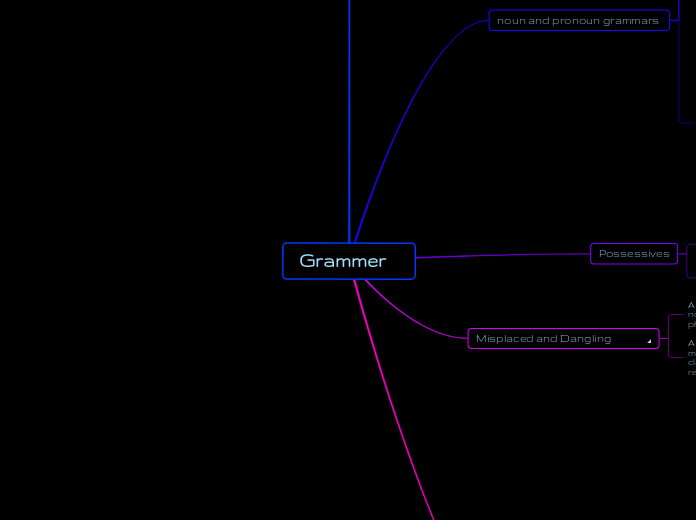Grammer
punctuation
- If a word or phrase is vital to the sentence, do not surround it with commas.
- Use a comma to separate two distinct phrases that are linked by coordinating or correlative conjunctions.
- A comma should not be used with a compound predicate, which is one subject with two verbs.
- When an independent clause—that is, a complete sentence—is followed by a rather long dependent phrase, use a comma to separate them.
- Separate two adjectives that modify the same noun and may be used between them without changing the meaning.
Dashes
The 3 types of dashes are the
hyphen is the shortest, followed by the en dash and then the em dash.
Em dash (_): An em dash is used to indicate an interruption in thought or speech.
en dash (-)It’s used
primarily to separate numbers in date ranges.
hyphen :use a hyphen to divide a word with more
than one syllable when it falls at the end of a typewritten line.
Quotation Marks
Commas and periods go inside the
closing quotation marks. Meanwhile, semicolons go outside.
they are used to quote a external line
Semicolons
To separate two independent clauses that are not joined by a conjunction, use a semicolon.
If you don't have two independent clauses, don't use a semicolon.
noun and pronoun grammars
Capitalization and Proper Nouns
always capitalize names , job names, fields of study
Subject-Verb Agreement
that if you have one subject,
you must have a singular verb; if you have two or more subjects,
you must have a plural verb.
Pronoun-Antecedent Agreement
Antecedents are nouns to which pronouns refer.
Pronouns and their antecedents must agree in number, exactly as subjects and verbs.
to ensure that your precedence reference is always obvious.
Pronoun Case
Pronoun case refers to the pronoun’s function in the sentence.
There are three types of case: possessive, subjective, and objective.
The subjective case implies that the pronoun is the topic of the phrase and is usually the person or object doing the activity.
The objective case specifies that the pronoun is employed as the object of a verb or a preposition.
Possessive pronouns indicate possession.
Possessives
Possessive terms are marked with apostrophes. An apostrophe and the letter s are used to make a singular word possessive.
plural first, then possessive.
Misplaced and Dangling Modifiers^
A misplaced modifier is one that is not exactly adjacent to the word or phrase it describes.
A dangling
modifier occurs when a dependent clause does not have a clear
referent.
Verbs and adverbs
Passive versus Active Voice
Active
voice indicates that the subject of the sentence is performing the
action.
Passive voice indicates that the subject of the sentence is being acted on
by the verb.
Passive voice may create unnecessary confusion or a lack of clarity,
and it tends to be awkward.
Verb Moods
Mood does have an effect on how your messages come across.
The most prevalent is indicative mood. It denotes a condition of affairs.
Indicative mood can indicate a statement or a denial in the past, present, or future tense.
Imperative mood expresses commands or instructions.
Subjunctive mood is employed to describe situations that do not exist.
It communicates aspirations, recommendations, or hypotheses.
Conditional mood is formed with the auxiliary verbs would, could,
should, and might.
Tense
Tense is how people aptly communicate exactly when things
happened and when they happened in relation to one another.
The future progressive tense is another sort of tense that signifies something that will happen in the future.
Adverbs
Adverbs describe, qualify, or limit the action of verbs.
Adverbs can also modify adjectives, other adverbs, or even an entire
clause or sentence.
Adverb placement is crucial since it can produce ambiguity or even misunderstanding.
sometimes rewording a sentence can help convey
more meaning than the use of an adverb.
